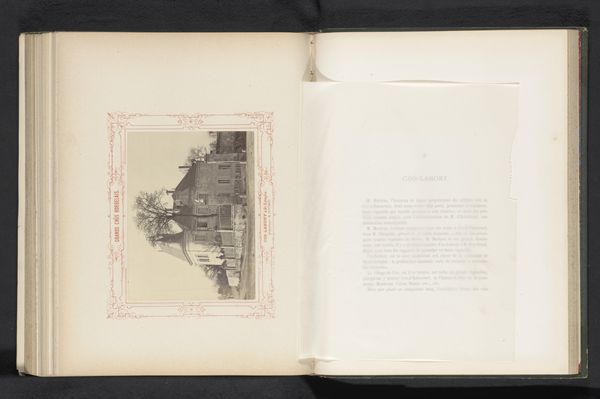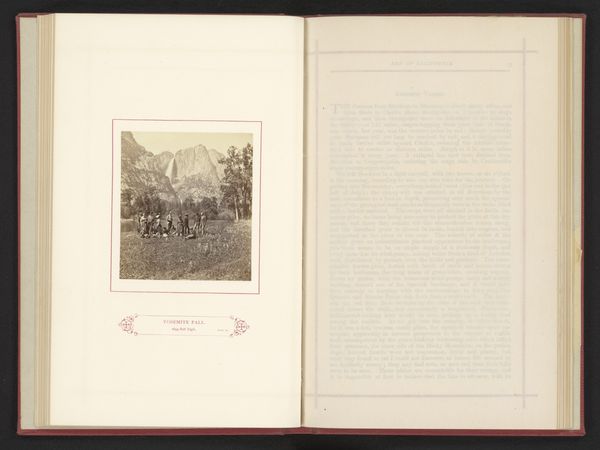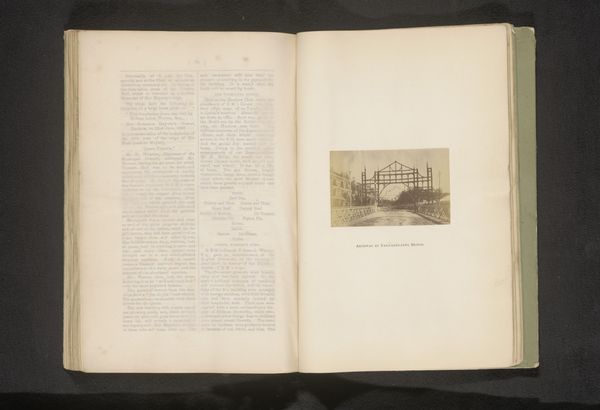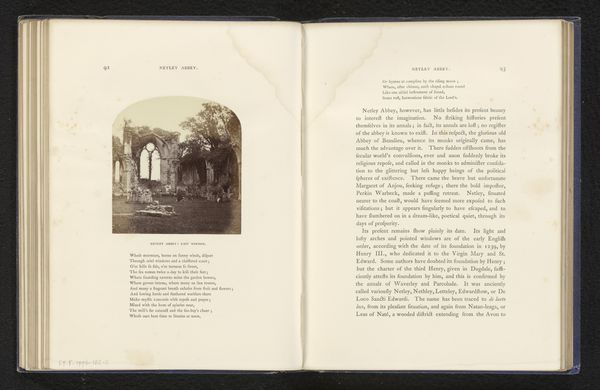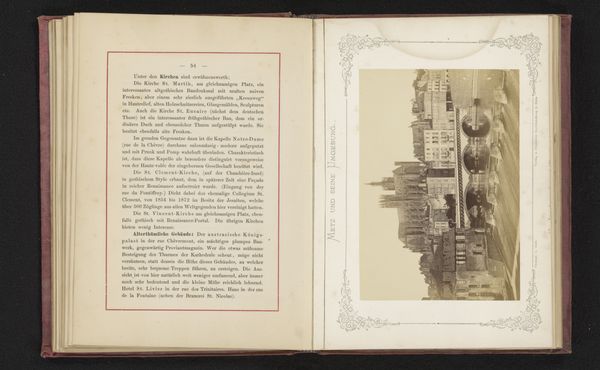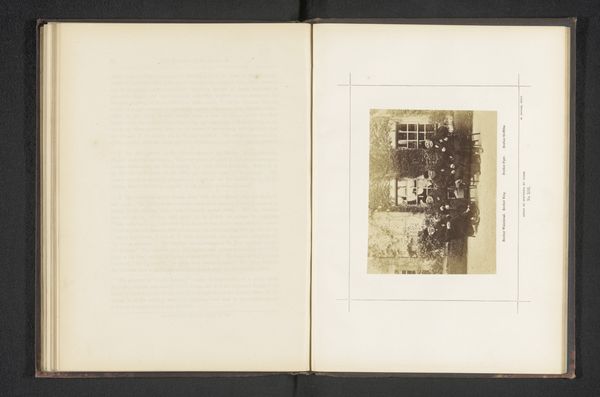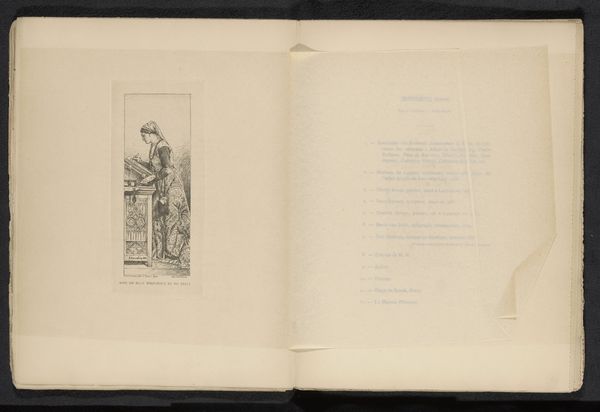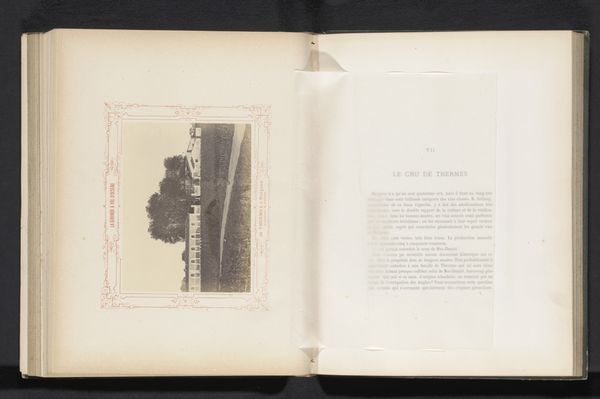
Fotoreproducties van een gezicht op een haven, mogelijk door Johannes Lingelbach en een genretafereel before 1866
0:00
0:00
gysi
Rijksmuseum
print, etching
# print
#
etching
#
landscape
#
genre-painting
Dimensions: height 226 mm, width 155 mm
Copyright: Rijks Museum: Open Domain
Editor: Here we have "Fotoreproducties van een gezicht op een haven, mogelijk door Johannes Lingelbach en een genretafereel", dating from before 1866. They’re prints using an etching technique and part of the Rijksmuseum collection. I notice how both prints use quite high contrast to define the details within each scene. What do you make of these contrasting techniques? Curator: The formal tension achieved through the marked contrast is certainly noteworthy. The stark division between light and shadow immediately commands the viewer’s attention. Consider the top etching: the eye is drawn upward, propelled by the diagonal thrust of the architectural elements but anchored by the dark mass of figures clustered at the base. Do you observe a similar compositional strategy in the lower genre scene? Editor: I do see that, actually. The darker trees frame the brighter clearing, creating a visual pathway to the figures within the clearing. Are there other contrasts that reinforce the different character of the compositions? Curator: Precisely! One scene emphasizes the human mastery of space, as displayed through the monument, while the other is clearly nature-driven. The etching technique in each amplifies the respective drama – civic and natural. Notice the textures achieved within the foliage and how that diverges so starkly from the smoother application of shadow within the top print. Editor: So, the consistency of the printmaking across both highlights even the distinctions between the content in the harbor and genre scenes. Curator: An insightful conclusion. By observing those contrasting techniques, we come to a fuller appreciation of both the scenes presented and how formal elements shape interpretation. Editor: I agree. I’ve learned that printmaking decisions greatly shape perception. Thanks so much!
Comments
No comments
Be the first to comment and join the conversation on the ultimate creative platform.

